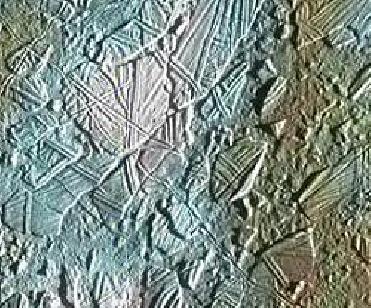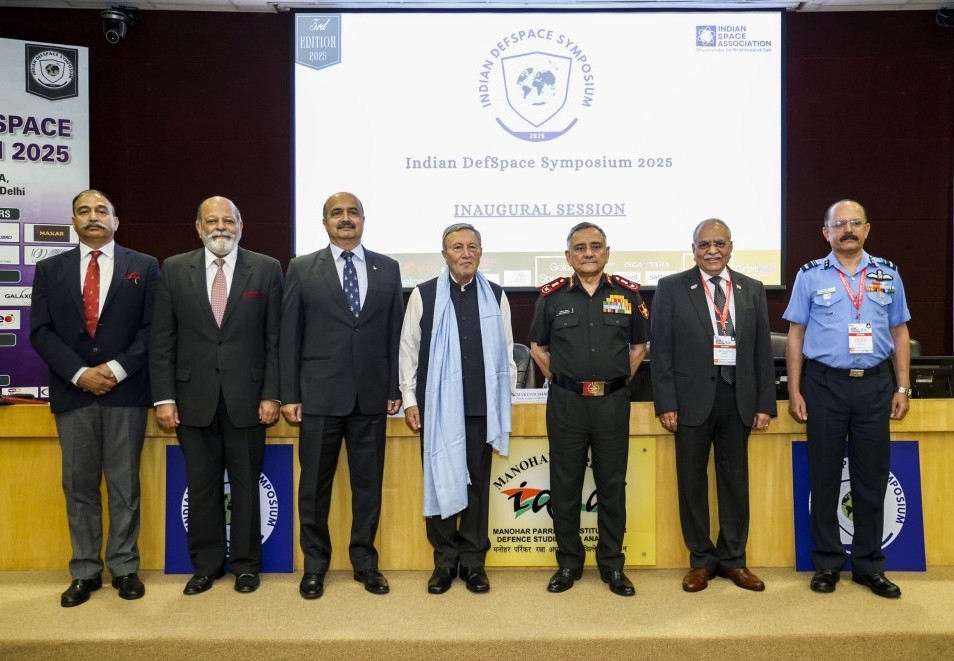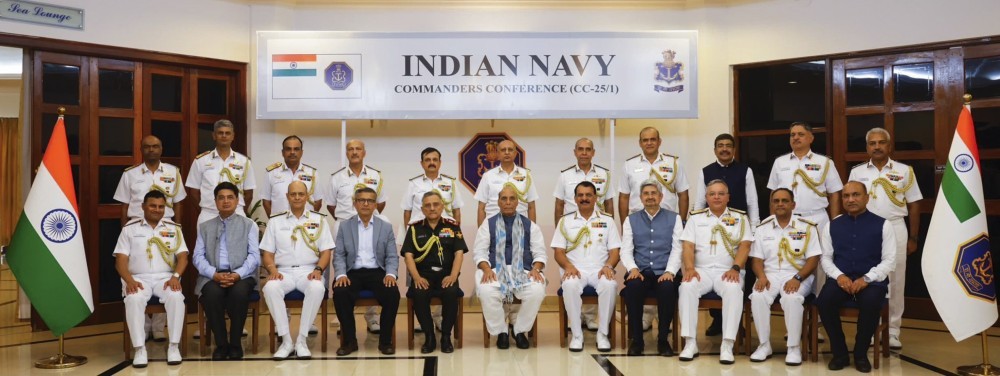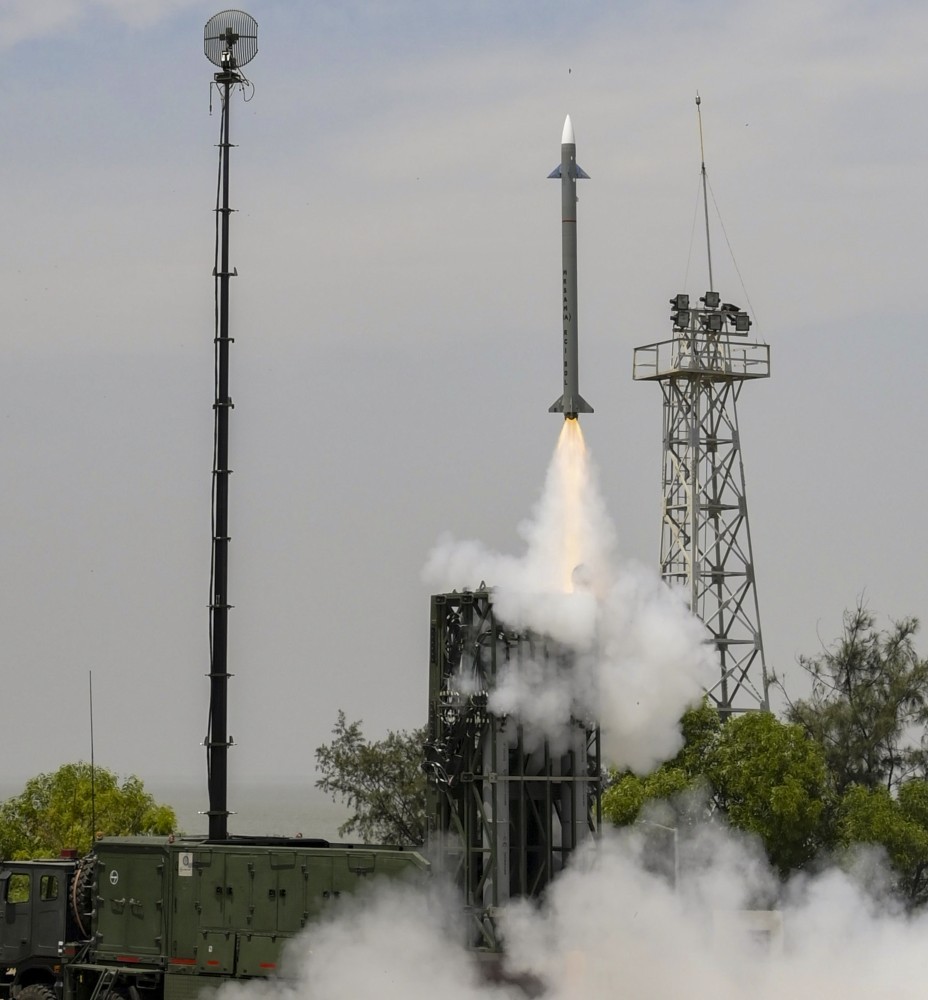
IDAHO, Moscow (BNS): For nearly 10 years, Simon Kattenhorn, associate professor of geology at the University of Idaho, has been trying to understand the amazing surface features on Jupiter’s fourth largest moon Europa, and how it is formed.
It is difficult to imagine how on Europa, with average temperatures of minus 260 degrees Fahrenheit, an almost non-existent atmosphere and a complex web of cracks in a layer of ice encompassing the entire surface is forming. Kattenhorn will be studying the recent geological features on the highest resolution NASA photos of Europa. He will also be looking for signs of life on Jupiter’s fourth moon.
Currently busy at writing a book on moon, Kattenhorn said that in order to get to the issue one has to see the existence of life there. “In the case of Europa, the best place to look is where cracks on its icy surface are active today,” the Idaho scientist said.
Kattenhorn, who received two grants totaling $358,000, is all set to unravel about fractures because they form very specific patterns that will tell the mystery of their ages. His goal in this project is to find the youngest fractures and compare them to the tidal forces that Europa is experiencing and whether the features and forces balance.
Speaking on his research into the two moons, Kattemhorn said that his study will help him to be explorer, adventurer and to see things first hand that no one else has seen. Having lot of expectations on his research, Kattenhorn said, “To be out in the solar system is a great place, because there are some things, like the plumes on Enceladus, which we really are seeing for the very first time."
Chief of Geomicrobiology research team at University of Idaho, Susan Childers, said Europa had the potential for something very similar to hydro-thermal systems visible in oceans. “Very ancient organisms that thrive on oxidised metals potentially could be centered on one of these oases formed by heat and metals seeping from cracks in the ocean floor,” she said.
Presently, NASA is contemplating its next flagship mission and among its choices is sending a satellite to explore Saturn's moon Titan, Europa or the entire Jupiter system, meaning there is a possibility of a NASA mission to Europa.
Founded in 1889, University of Idaho is the state's flagship higher-education institution. Its researchers get nearly $100 million in grants and contracts annually. Only Idaho varsity is ranked by Carnegie Foundation.
 Next Article
Next Article













The Indian Air Force, in its flight trials evaluation report submitted before the Defence Ministry l..
view articleAn insight into the Medium Multi-Role Combat Aircraft competition...
view articleSky enthusiasts can now spot the International Space Station (ISS) commanded by Indian-American astr..
view article